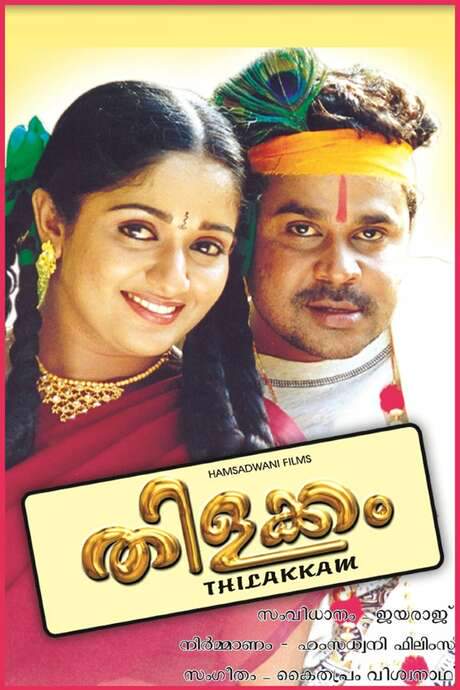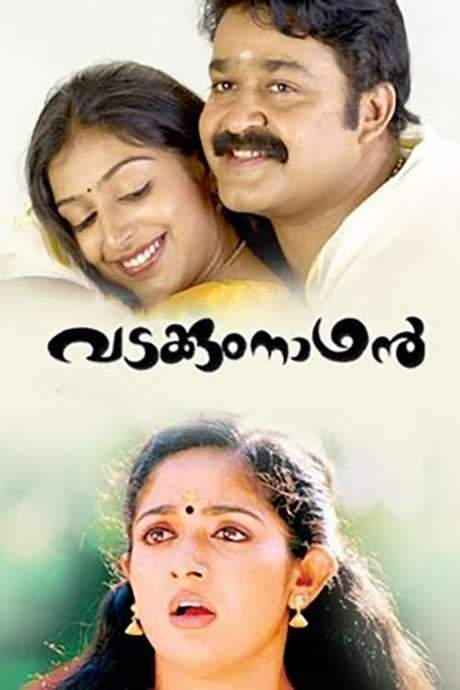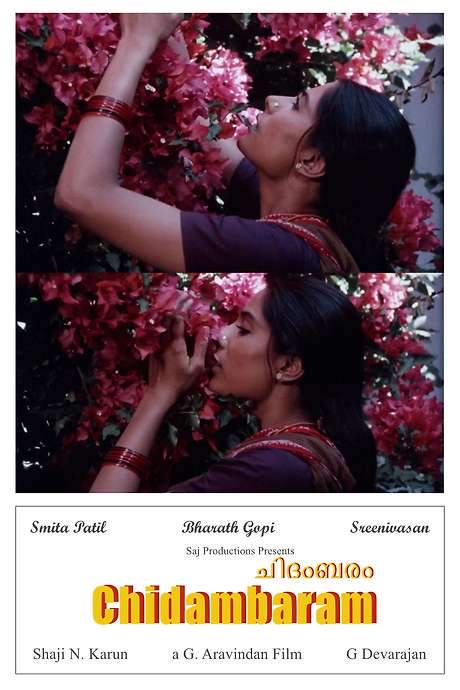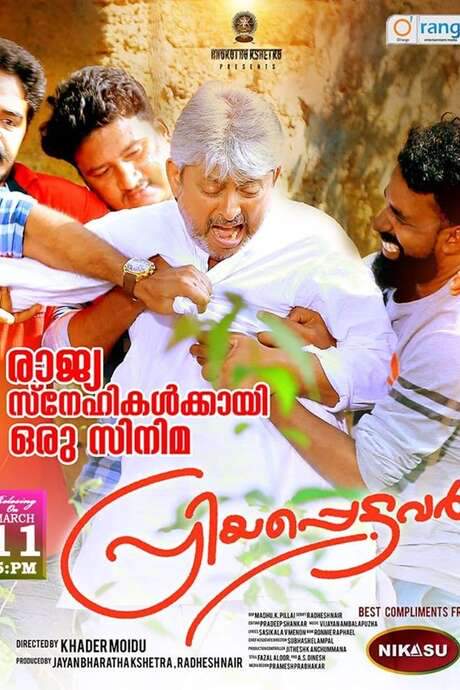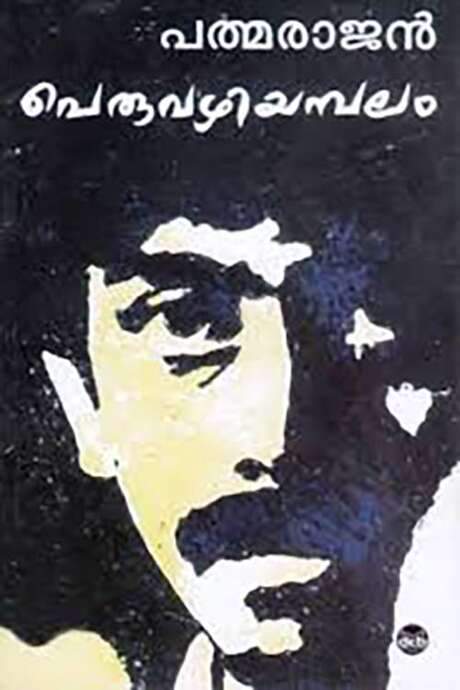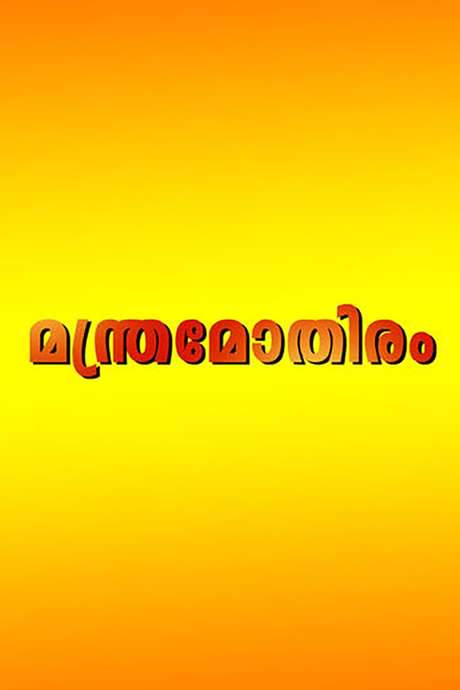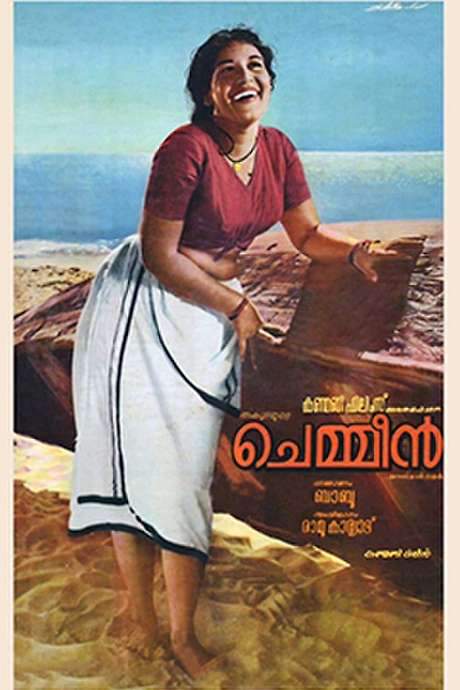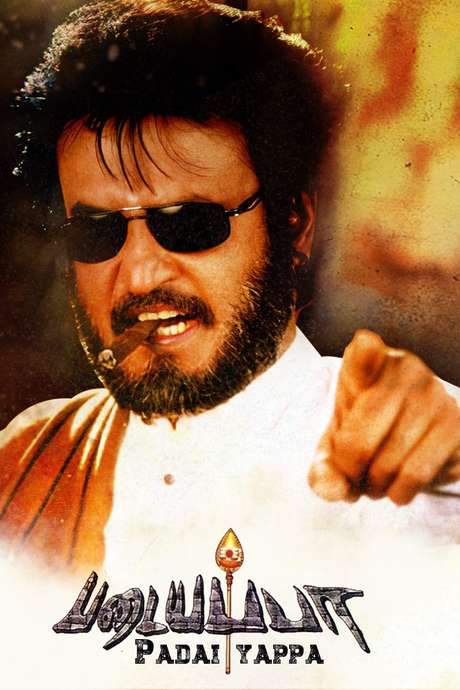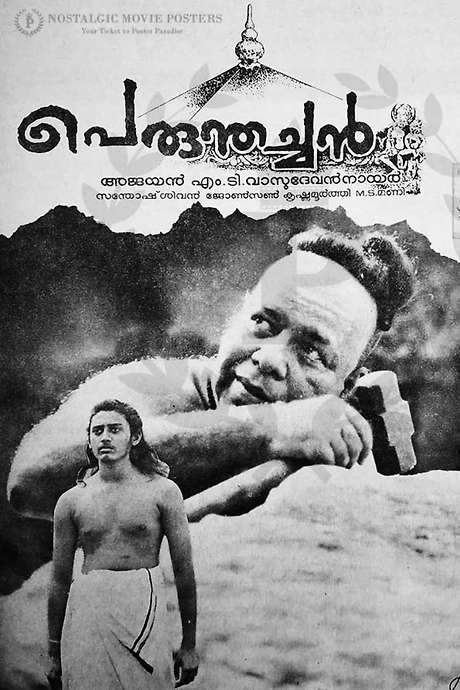
Perumthachan
Year: 1991
Runtime: 140 mins
Language: Malayalam
Director: Ajayan
The film tells the legend of Perumthachan, the famed master builder of Kerala folklore, whose reputation as both creator and destroyer is central to the story. Inspired by the Parayi Petta Panthirukulam tale, it examines the generational clash between a gifted carpenter and his progressive son, highlighting tension between tradition and innovation.
Warning: spoilers below!
Haven’t seen Perumthachan yet? This summary contains major spoilers. Bookmark the page, watch the movie, and come back for the full breakdown. If you're ready, scroll on and relive the story!
Perumthachan (1991) – Full Plot Summary & Ending Explained
Read the complete plot breakdown of Perumthachan (1991), including all key story events, major twists, and the ending explained in detail. Discover what really happened—and what it all means.
Perumthachan, Thilakan, is a pious and disciplined master carpenter whose life moves with the quiet authority of someone who builds temples and carves sacred forms for a living. Born into a Vishwabrahmin lineage but navigating a mixed-caste world, he finds balance in his craft, his faith, and the unspoken codes that govern his era. His world is one of order, ritual, and beauty, where a single carved statue can carry the weight of a community’s memory.
His son, Kannan Vishwakarman, Prashanth, grows beside him with a more restless flame. Charismatic and immensely skilled, Kannan questions the strict boundaries of tradition that shape artistic practice and social standing. He moves through life with a bold sense of possibility, and soon his path intersects with love that could fracture the very foundations of the family and the world they inhabit. The young man’s heart is captured by Kunhikkavu Thamburatti, Monisha Unni, Bhargavi Thampuratti’s daughter, a union that promises both charm and trouble in equal measure.
Raman Perumthachan’s reputation stretches beyond his skill; many tell of him as the reincarnation of Vishwakarma, the divine architect who shapes the heavens as easily as he shapes wood. He is known as an extraordinary wood-carver, sculptor, and architect, a man who seems to carry a spark of the gods within his hands. Yet there are whispers about his lineage—raised as a carpenter from a Vishwabrahmin family, he himself questions the possibility that he might somehow be the son of a Nambudiri Brahmin, Orthodox Kerala nobility. He regards such speculation with amused skepticism, even as it gnaws at the edges of his identity.
One evening, a temple servant struggles to light a stone lamp against a gusting wind. A man nearby rises and shields the flame with a stone slab. The stranger, who wears the sacred thread, is mistaken for a Nambudiri, but he clarifies that he is a carpenter who forgot to remove his thread after finishing a temple project. The servant quickly realizes that this man is the legendary Perumthachan, returned to the world to cast new light on old stones and new souls alike.
Perumthachan reconnects with a childhood friend who has become the head of a wealthy royal household, Unni Thampuran, Nedumudi Venu. This friend asks him to oversee the construction of a sacred shrine and to sculpt the image of the goddess for the family’s temple. The moment is charged with both professional pride and the ache of a forbidden attraction: Bhargavi Thampuratti, Vinaya Prasad, the wife of the house, intrigues him with her beauty, and he finds the goddess’s face already taking on her likeness in his mind. He resists acting on these feelings, knowing that desire could destabilize a fragile social balance and bring ruin to those around him.
Meanwhile, Kannan matures into a talented and magnetic figure, admired for his skill and charisma, yet increasingly heedless of the traditional rules that once guided his father’s world. Perumthachan admires his son’s gifts but worries about his growing self-centeredness and the more modern, material view of art and status that Kannan embodies. Bhargavi’s wish to see a Saraswati mandapam—an architectural and sculptural tribute that would enshrine knowledge and culture—becomes a focal point. Kunhikkavu Thamburatti, now a bridge between generations, chooses Kannan for this important task, setting in motion a collision of love, ambition, and legacy.
As Kannan’s relationship with Kunhikkavu deepens, the palace’s politics and the weight of tradition tighten around the family. Kunhikkavu’s father, bearing the heavy burden of family honor, makes his disappointment clear to Perumthachan: he would rather see tragedy than dishonor stain their lineage. Perumthachan takes up the responsibility of guiding the temple’s construction and, in his attempts to steer his son away from danger, pleads for Kannan to end the relationship. But Kannan refuses to yield, clinging to a love that promises both beauty and ruin.
In a moment of desperate resolve, Perumthachan’s chisel falls, and a fatal blow lands on Kannan’s neck during the final stages of the temple’s work. The act is not merely a killing; it tears through generations, testing the bonds of family, tradition, and faith. The village bears witness to the severity of the transgression, and in the wake of this catastrophe, Perumthachan can no longer bear the consequences chasing him. He burns his own home and, overwhelmed by guilt and fear of retribution, ends his life, seeking release from a world that will never fully understand the price of his craft and his choices.
The tragedy leaves the community to reckon with the dementia of tradition and the bright, dangerous flame of rebellion that refuses to be silenced. It is a story of exceptional artistry and its limits, of a man who might be a bridge between worlds—wood and stone, temple and home, reverence and longing—and of a son who embodies the tension between ancestral rule and the lure of a different future. And while the legend of Perumthachan endures in whispers and stone, the film insists on the human costs of beauty pursued at any price, as the craftsman’s legacy becomes inseparable from the fate of those he loves.
Last Updated: October 09, 2025 at 15:02
Unlock the Full Story of Perumthachan
Don't stop at just watching — explore Perumthachan in full detail. From the complete plot summary and scene-by-scene timeline to character breakdowns, thematic analysis, and a deep dive into the ending — every page helps you truly understand what Perumthachan is all about. Plus, discover what's next after the movie.
Perumthachan Timeline
Track the full timeline of Perumthachan with every major event arranged chronologically. Perfect for decoding non-linear storytelling, flashbacks, or parallel narratives with a clear scene-by-scene breakdown.

Similar Movies to Perumthachan
Discover movies like Perumthachan that share similar genres, themes, and storytelling elements. Whether you’re drawn to the atmosphere, character arcs, or plot structure, these curated recommendations will help you explore more films you’ll love.
Explore More About Movie Perumthachan
Perumthachan (1991) Scene-by-Scene Movie Timeline
Perumthachan (1991) Movie Characters, Themes & Settings
Perumthachan (1991) Spoiler-Free Summary & Key Flow
Movies Like Perumthachan – Similar Titles You’ll Enjoy
Pariyerum Perumal (2018) Detailed Story Recap
Thilakkam (2003) Complete Plot Breakdown
Vadakkumnadhan (2006) Spoiler-Packed Plot Recap
Paruthiveeran (2007) Full Movie Breakdown
Puthu Kavithai (1982) Film Overview & Timeline
Chidambaram (1985) Spoiler-Packed Plot Recap
Ayitham (1988) Ending Explained & Film Insights
Oru Vadakkan Veeragatha (1989) Movie Recap & Themes
Priyappettavar (2021) Plot Summary & Ending Explained
Devasuram (1993) Movie Recap & Themes
Muthu (1995) Complete Plot Breakdown
Peruvazhiyambalam (1979) Movie Recap & Themes
Manthramothiram (1997) Movie Recap & Themes
Chemmeen (1965) Detailed Story Recap
Padayappa (1999) Movie Recap & Themes




